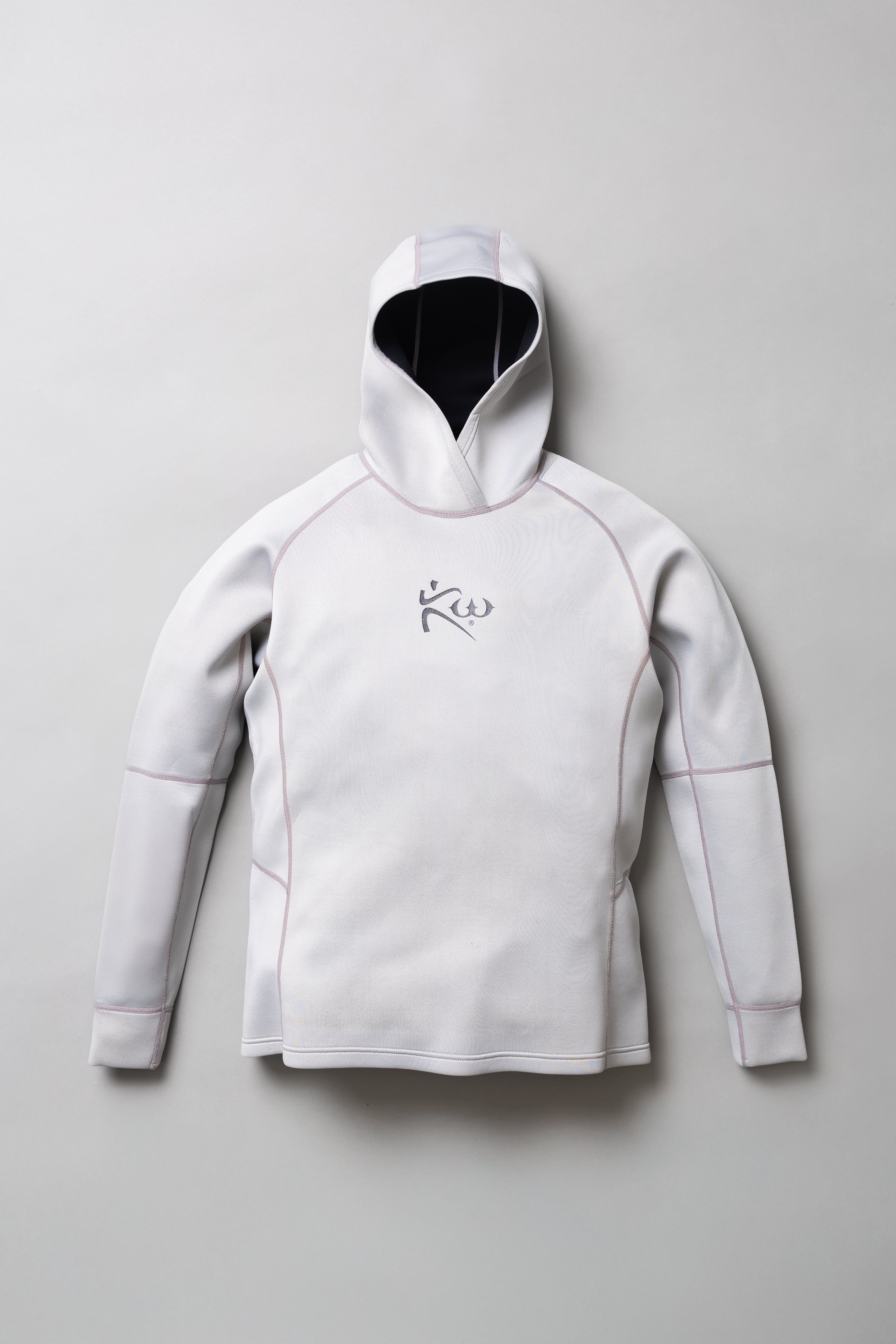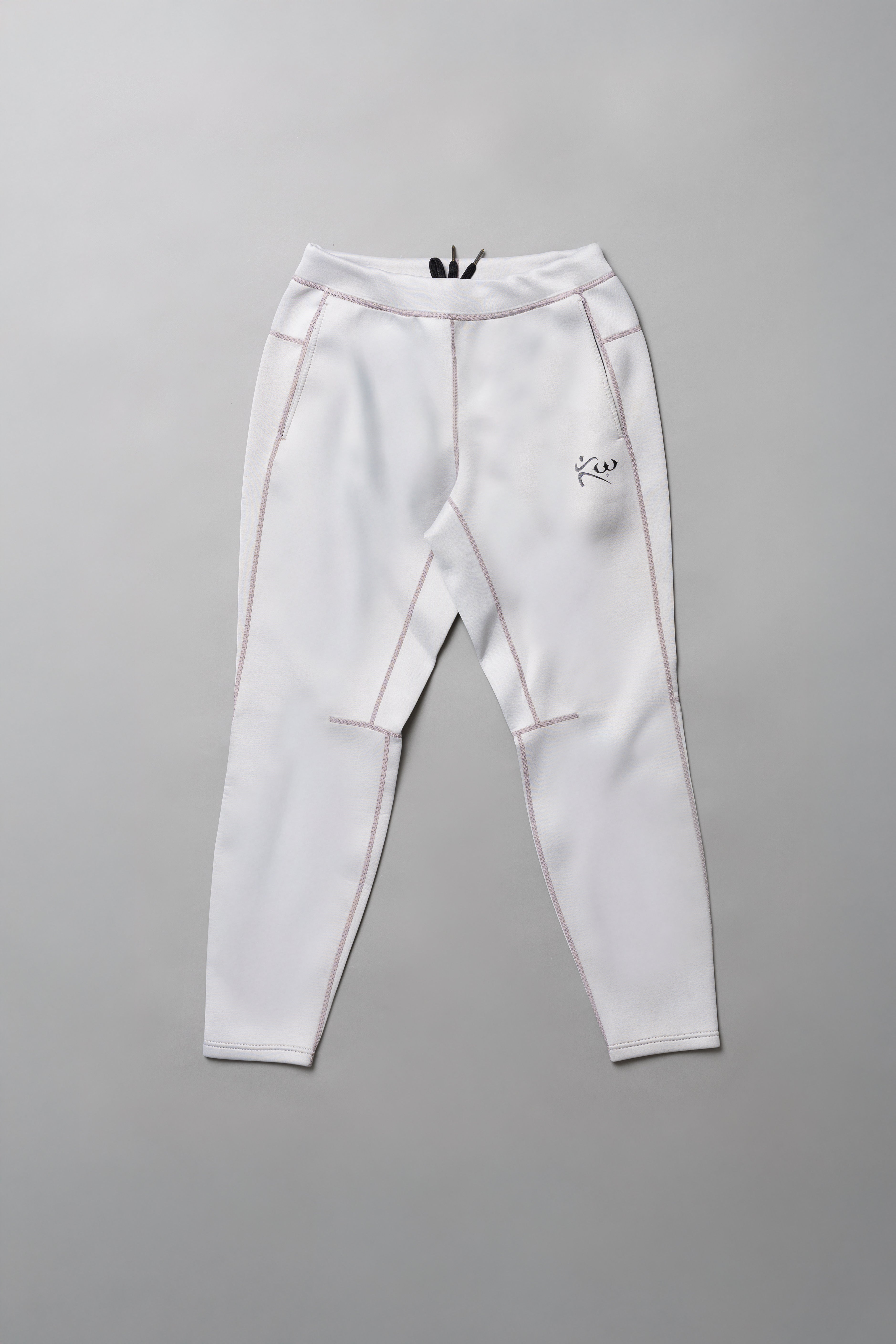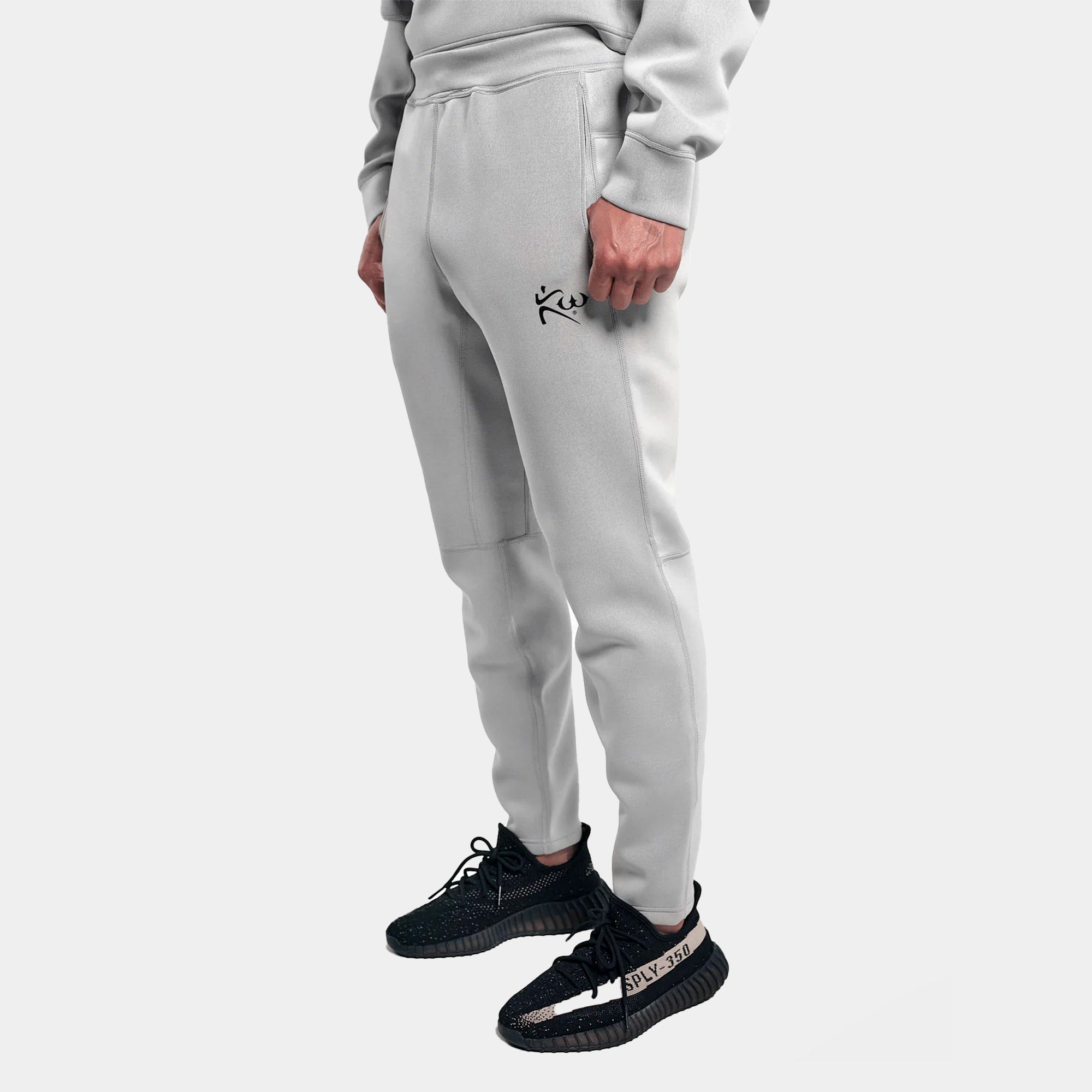ACUTE BENEFITS OF EXERCISE WITH THE KUTTING WEIGHT® SAUNA SUIT: TECHNICAL REPORT
Lance C. Dalleck, PhD
High Altitude Exercise Physiology Program Western State Colorado University Gunnison, CO
Brief background and rationale for study:
Scientific research has demonstrated a general dose-response relationship between energy expenditure and multiple health outcomes, including cardiorespiratory fitness, risk of coronary artery disease and all-cause mortality, type 2 diabetes, and obesity. The overall energy expenditure from exercise consists of both the energy expenditure during exercise itself and an increased caloric expenditure above resting metabolic rate that persists into the recovery period. The elevated post-exercise energy expenditure is a phenomenon known as excess post-exercise oxygen consumption (a.k.a., EPOC). Given that EPOC contributes approximately 10% to overall exercise energy expenditure it’s an important parameter to account for when designing and evaluating the effectiveness of training programs. Numerous mechanisms are known to contribute to the magnitude of EPOC, including increased body temperature. Wearing a Kutting Weight® sauna suit has been purported to assist fitness enthusiasts with ‘heating up the core so that individuals can effectively lose water weight and burn more calories’. However, research to quantify these specific benefits is currently lacking. Therefore, Dr. Lance Dalleck and his team at Western State Colorado University performed a study to examine the potential health and fitness benefits of exercise with the Kutting Weight® sauna suit. It was hypothesized that exercise with a Kutting Weight® sauna suit would elicit significant increases in metabolism and thus result in a significant weight loss post-exercise.
The study:
-
Physically active (N= 12) men were recruited and initially performed a maximal exercise test on a cycle ergometer to determine individual VO2max and ventilatory threshold (VT) values
-
Each individual performed 4 different exercise trials in randomized order on a cycle ergometer:
-20min vigorous-intensity (at VT) trials: control and with Kutting Weight sauna suit
-30min moderate-intensity (55-59% heart rate reserve - HRR) trials: control and Kutting Weight sauna suit -
Each trial consisted of the following:
-30min rest (to measure resting metabolic rate), exercise (i.e., 4 exercise trials), 1hr rest (to measure EPOC) -
Standardized pre-test instructions were provided and potential confounders were strictly accounted for:
-testing done same time of day in the morning under controlled environmental laboratory conditions
-participants were well-hydrated, refrained from caffeine, and avoided exercise prior to each exercise trial -
participants arrived fasted for testing and were provided a chocolate milk beverage before each trial
-
No water was permitted throughout the test and following exercise
-
Weight was measured pre-exercise, post-exercise, and 1hr post-exercise
-
Caloric expenditure was quantified via a portable metabolic analyzer
The results:
Exercise energy expenditure results
There were significant differences (p < 0.05) in the exercise energy expenditure when individuals exercised with the Kutting Weight sauna suit when compared to the control condition (Figure 1). In the moderate-intensity exercise trial there was a 13.1% greater caloric expenditure with the Kutting Weight sauna suit vs. control condition. Similarly, in the vigorous-intensity exercise trial there was a 10.3% greater caloric expenditure with the Kutting Weight sauna suit vs. control condition. These differences existed despite the fact that individuals maintained the same relative intensities for both moderate-intensity (55-59% HRR) trials and vigorous-intensity (VT) trials during Kutting Weight sauna suit and control conditions.
 Figure 1
Figure 1Metabolic results
There was a significant increase (p < 0.05) in metabolism, as evidenced by a greater EPOC, when individuals exercised with the Kutting Weight sauna suit when compared to the control condition (Figure 2). In the moderate- intensity exercise trial condition there was a 22.3% greater EPOC with the Kutting Weight sauna suit vs. control condition. Likewise, in the vigorous-intensity exercise trial condition there was a 19.3% greater EPOC with the Kutting Weight sauna suit vs. control condition.
 Figure 2
Figure 2
Weight loss results
There were significantly greater reductions (p < 0.05) in post-exercise weight loss values when individuals exercised with the Kutting Weight sauna suit when compared to the control conditions (Figure 3). In the moderate- intensity exercise trial there was a 33.7% greater decrease in post-exercise weight loss values with the Kutting Weight sauna suit vs. control condition. Similarly, in the vigorous-intensity exercise trial there was a 47.1% greater decrease in post-exercise weight loss values with the Kutting Weight sauna suit vs. control condition.

Figure 3
Practical applications:
The most important finding of this study is that it provides scientific evidence to support the notion that exercise with a Kutting Weight® sauna suit contributes to a significantly increased metabolism (20.8%*) and facilitates greater weight loss (40.4%*) when compared to exercise performed under similar conditions with no suit.
If we project the current findings long-term in which an individual regularly performed a weekly standard exercise routine, consisting of 2 sessions of vigorous-intensity exercise combined with 3 sessions of moderate-intensity exercise, the following outcomes could be anticipated if a Kutting Weight® sauna suit was worn:
-Each week there would be ~2lbs more weight loss
-Each month there would be 1,000 more calories burned
-Each year 12,000 more calories would be burned, which equates to ~4lbs of fat mass
In addition to being more effective, exercise while wearing a Kutting Weight sauna suit also proved to be safe. There were 48 total exercise sessions that spanned both moderate- and vigorous-intensity exercise conditions. There were no adverse events reported and all physiological responses remained within normal ranges.
Overall, the Kutting Weight® sauna suit provides fitness enthusiasts with a viable and safe alternative to assist individuals with their weight loss efforts and also contribute to long-term energy balance (i.e., weight maintenance).
*combined moderate-intensity and vigorous-intensity exercise data.
- Tags: clothing
1 comment










The language in this report is much more guarded than that in the earlier release I read, and therefore more reasonable.
I am left wondering, however, if the mere weight of the sauna suit doesn’t account for the additional calories consumed. Elsewhere, in the past, I’ve read of studies done showing that substituting heavy boots for shoes, or heavy jeans for lighter pants can also lead to several pounds of additional weight loss over periods of as long as a year.